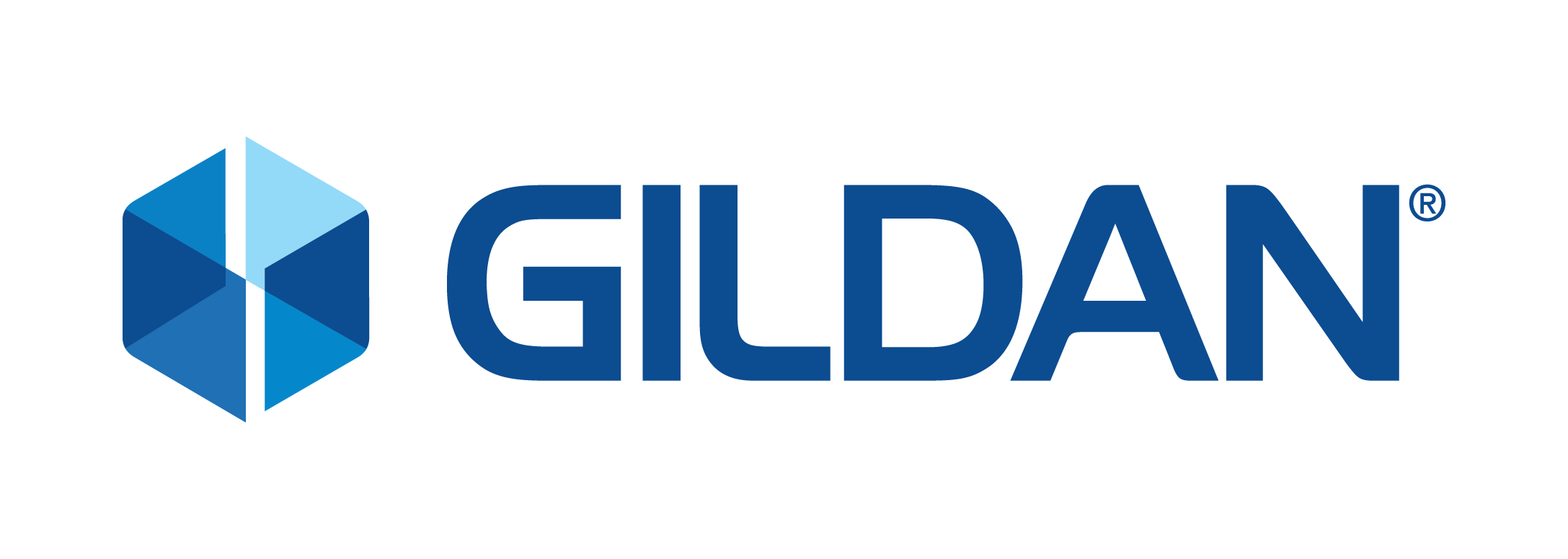Benefits and Challenges of Transparency in the Apparel Industry
Three industry experts in the apparel industry took part in a webinar hosted by the Sourcing Journal on the topic of transparency.

The importance of transparency has continued to gain traction in the apparel and fashion industry in recent years, and for good reasons. Clothing shapes more than just our wardrobes, it shapes the environmental, economic and social landscapes of the countries where they are produced.
Because of this important impact, there is a widespread call for more information about the processes that go into and the people involved in the manufacturing of our clothes. With mounting pressure from consumers, brands and organizations are making conscious efforts to focus on how to increase transparency across the industry.
In a recent webinar presented by the Sourcing Journal, Garry Bell, Vice President of Corporate Marketing and Communications at Gildan, Natalie Grillon, Project Director at Open Apparel Registry and Melissa Bastos, Director of Market Research at Cotton Incorporated discussed the benefits of operating a transparent supply chain and identified some of the challenges holding the industry back.
Edward Hertzman, President of the Sourcing Journal moderated the conversation and gave listeners a first look at their 2019 Transparency Report, which revealed that consumers are no longer the sole catalyst to the transparency movement. The report shows that other motivators include improving the bottom line, environmental and social benefits and opportunities to elevate brand reputation.
Here are four take-aways from their discussion:
The benefits of transparency go beyond accountability:
There is no doubt that increased transparency boosts accountability across the supply chain, but Grillon highlighted that the benefits can be more widespread. She stated that transparency can also lead to increased collaboration between stakeholders, saying that when brands share data and information about their suppliers, they can embrace a collaborative mindset and start to think beyond certifications and enforcements, but rather on how to better do business collectively.
Consumer reality:
Data from the 2019 Transparency Report as well as inputs from the speakers show that there is a disconnect between what shoppers say they want to know about their products versus their purchasing behaviors. Indeed, as Bell stated, “while shoppers say they want to know more about their products on an aspirational level, data shows that when it comes down to the purchase, price and availability are more important drivers than sustainability.” While there is no doubt that a clear view on transparency helps build consumer trust in the long run, the short run results have not demonstrated that this transfers into concretely influencing the purchasing decision.
A complicated supply chain:
One of the bigger challenges highlighted during the conversation was that most shoppers and even brands have a hard time grasping the complicated nature of the apparel supply chains. The complexity of the processes and systems, especially those who aren’t vertically integrated make it hard to track products and have visibility on the conditions in which they are produced. But there’s hope said Bell, “We’re increasingly seeing brands put resources in place to manage this complexity. It’s our job as companies to educate our customers and raise awareness. A more informed and educated audience will lead to more conscious consumption of apparel overall.”
The future is ripe with opportunity:
Despite challenges, the industry is aligning on the importance of transparency and the future looks bright. “RFID tagging and blockchains are exciting new technologies that will certainly take the industry to the next level,” said Bastros. Technology will play a large role in helping bridge the gap between manufacturers, wholesalers and retailers, allowing tracking to be done more efficiently across the various processes of apparel manufacturing. And while digitizing the supply chain overall is moving slowly, leading companies are starting to embrace the idea of next generation technology.
Bell ended the conversation on a rallying note, “when it comes to sustainability there is no finish line, just a continuous path forward and more work to be done.”

